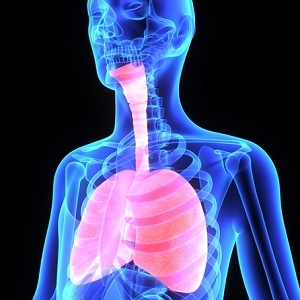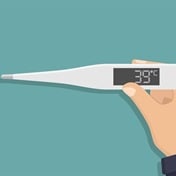
What is it and why is it done?
Bronchoscopy is a procedure in which a thin tube is passed into the patients airways, usually via the mouth. The tube may be rigid or flexible, and has a light and camera at its tip. It is usually done under anaesthesia, though sedation plus local anaesthesia may be enough when a flexible scope is used.
This procedure is done to inspect the airways for, or deal with, problems such as:
- foreign bodies;
- bleeding;
- tumours;
- inflammation; and
- infection.
Through the bronchoscope, brushing samples of any fluid/pus seen can be obtained for analysis, as well as tissue samples (biopsies) if tumours are suspected.
In some cases, where patients battle with abnormal amounts of mucus, bronchoscopy can be used to clean out the airways (bronchial lavage).
Bronchoscopy may be planned or an emergency procedure, for instance for an inhaled foreign body partially obstructing a child’s airway.
How is it done?
Bronchoscopy is usually done in an operating theatre, though it can be done in an ICU, or even in a designated bronchoscopy suite. Before the procedure, drugs may be given to minimise the amount of secretions, so that the best view can be had. Sedation or anaesthesia (preferable) is administered by an anaesthetist, and the patient is continuously monitored, especially with regard to:
- heart rate;
- oxygenation level;
- blood pressure; and
- ECG.
As the scope is inserted and advanced, the structures of the mouth, larynx, upper airways, vocal cords, trachea and bronchi are inspected. Visibly abnormal structures can be sampled by brush or biopsy.
Biopsy of actual lung tissue is also possible, by piercing through the bronchial wall, if the procedure is guided by fluoroscopic screening.
Risks and complications
Bronchoscopy is generally a safe procedure, done under controlled conditions. The commonest complaint is a sore throat. A rigid scope may injure the airways or vocal cords, especially if there is much inflammation present. During the procedure, the patient’s oxygen levels may drop temporarily: this is not usually a serious problem. Some bleeding may be caused by the instrument, or by the brushing/biopsy done.
A collapsed lung, partial or complete, may happen during transbronchial lung biopsies (incidence less than 1 percent of bronchoscopies done). A routine chest X-ray after bronchoscopy will detect this complication, which will then need treating in hospital using a special underwater drainage system.
A small amount of blood may be coughed up for a day after the procedure, and the patient may be little hoarse.
Afterwards
Under normal circumstances, the patient is discharged a few hours after the procedure. The doctor will advise on when normal activities can be resumed; much will depend on the reason for the bronchoscopy in the first place, and the findings, which may lead to a course of treatment or hospital admission.
When to call your doctor
If there is any:
- Chest pain;
- Fever;
- Excessive blood coughed up; or
- Sudden shortness of breath
- (Dr AG Hall)




 Publications
Publications
 Partners
Partners











